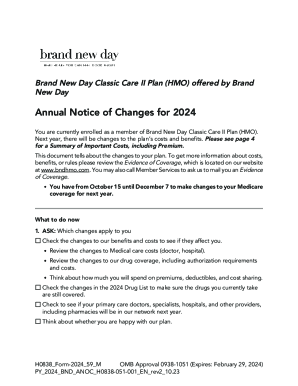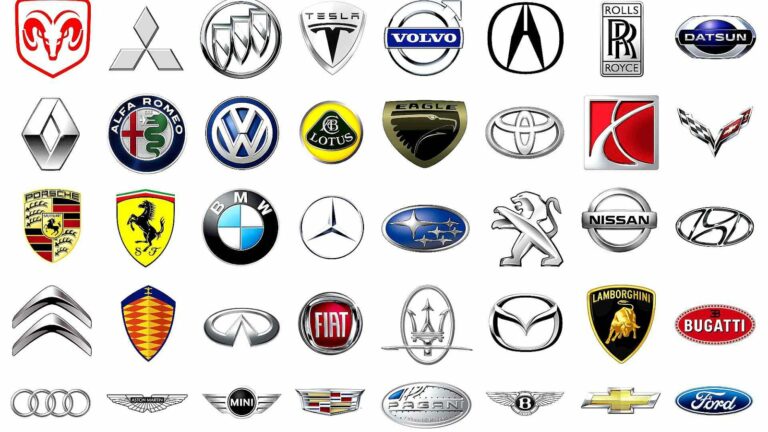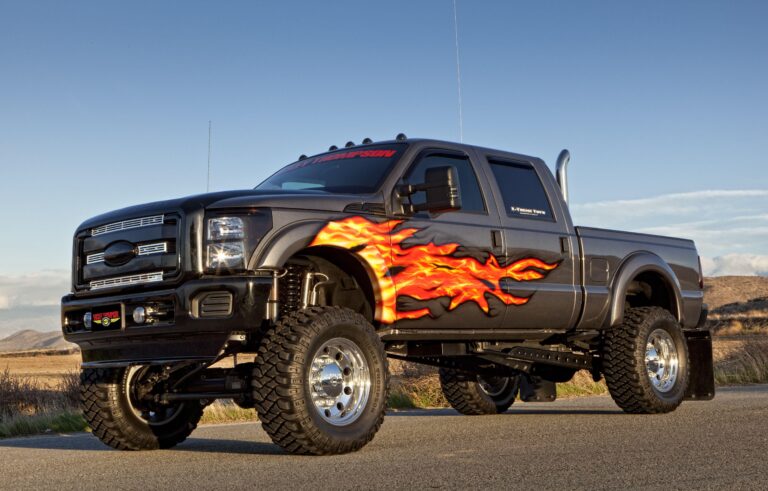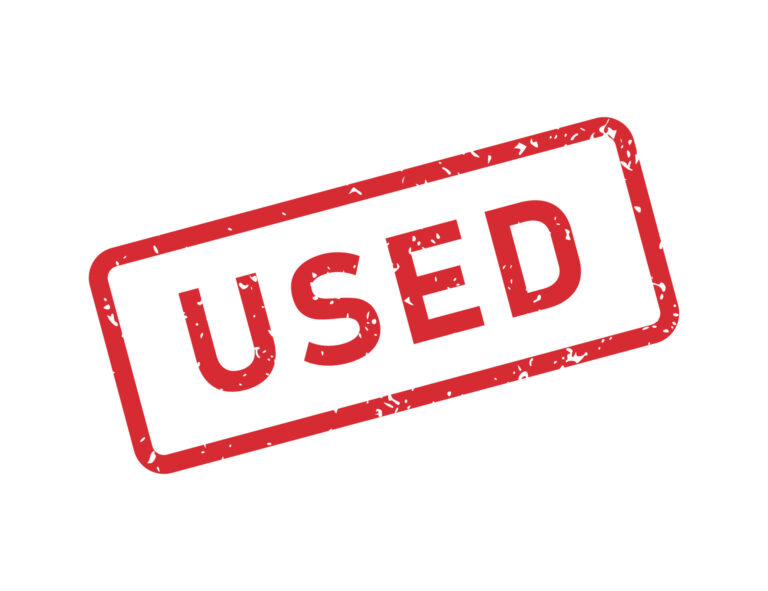Best Selling Car Brands In Europe: Navigating the Dynamic Automotive Landscape
Best Selling Car Brands In Europe: Navigating the Dynamic Automotive Landscape cars.truckstrend.com
The European automotive market is a fascinating tapestry woven with diverse consumer preferences, stringent environmental regulations, and a rich history of innovation. Understanding which car brands consistently top the sales charts offers invaluable insights into the industry’s pulse, consumer priorities, and the strategic direction of manufacturers. More than just a list of names, the best-selling car brands in Europe represent success stories forged through design excellence, technological advancement, market adaptability, and a deep understanding of what European drivers truly desire. For consumers, knowing these dominant players can guide purchasing decisions, offering reassurance of reliability, strong resale value, and widespread service networks. For industry stakeholders, it highlights market trends, competitive landscapes, and the ever-evolving path towards sustainable mobility.
Understanding the European Automotive Landscape
Best Selling Car Brands In Europe: Navigating the Dynamic Automotive Landscape
Europe is not a monolithic market. It encompasses a multitude of countries, each with unique economic conditions, cultural nuances, and historical ties to specific car manufacturers. From the narrow, winding streets of Italian towns demanding compact cars, to the autobahns of Germany favoring high-performance sedans, and the Nordic countries rapidly embracing electric vehicles, the demand spectrum is vast.
Several overarching factors, however, universally influence car sales across the continent:
- Regulatory Environment: The European Union’s ambitious emissions targets (e.g., Euro 7 standards, CO2 reduction goals) and safety regulations heavily dictate vehicle design and technology. This has been a primary driver behind the rapid shift towards electric vehicles (EVs) and hybrids.
- Economic Conditions: Disposable income levels, fuel prices, and interest rates significantly impact purchasing power and vehicle affordability.
- Consumer Preferences: While SUVs continue their reign, there’s a strong underlying demand for efficient compact cars, particularly in urban areas. Brand loyalty also plays a significant role, especially for long-established marques.
- Infrastructure Development: The availability of charging infrastructure directly influences the adoption rate of EVs, making it a critical consideration for buyers and a focus area for governments and manufacturers.

These factors create a dynamic environment where brands must constantly innovate and adapt to maintain their competitive edge.
The Reigning Champions: Top Best-Selling Brands and Their Success Factors
Europe’s top-selling car brands consistently demonstrate a blend of heritage, innovation, and strategic market positioning. While the exact rankings can fluctuate monthly, certain brands maintain a perennial presence at the top.

Volkswagen (Germany): The undisputed king of European sales for decades, Volkswagen benefits from an incredibly diverse portfolio ranging from the iconic Golf and Polo hatchbacks to the popular Tiguan and T-Roc SUVs, and a rapidly expanding ID. family of electric vehicles. Their success lies in a reputation for solid engineering, reliability, broad appeal, and a strong push into electrification. Volkswagen offers something for nearly every segment, from affordable family cars to premium-leaning models under the VW badge itself, let alone its extensive group brands.
-
Peugeot (France): A cornerstone of the Stellantis group, Peugeot has enjoyed a resurgence in recent years, largely thanks to its distinctive design language, high-quality interiors, and a strong push into electrification. Models like the compact 208, the versatile 2008 SUV, and the popular 3008 SUV have resonated strongly with European buyers seeking style, comfort, and increasingly, electrified powertrains.
-
Mercedes-Benz (Germany): A leader in the premium segment, Mercedes-Benz continues to command significant market share by offering luxury, performance, and cutting-edge technology. Their success is driven by a comprehensive lineup that includes the C-Class and E-Class sedans, the popular GLC and GLE SUVs, and a growing range of EQ electric vehicles. Mercedes-Benz consistently appeals to buyers looking for prestige, comfort, and advanced features.
-
BMW (Germany): Another premium powerhouse, BMW excels in delivering a blend of driving dynamics, sophisticated design, and technological innovation. Their X-series SUVs (X1, X3, X5) are particularly strong performers, alongside their traditional sedans like the 3 Series and 5 Series. BMW’s commitment to electrification, with models like the i4 and iX, is further solidifying its position in the evolving market.
-
Audi (Germany): Completing the German premium trio, Audi stands out with its sophisticated design, advanced technology (especially quattro all-wheel drive), and refined interiors. Popular models include the A3 and A4, as well as the Q-series SUVs (Q3, Q5, Q7). Audi is aggressively expanding its e-tron electric vehicle lineup, appealing to environmentally conscious premium buyers.
-
Renault (France): A staple in many European households, Renault offers a strong value proposition, particularly with its popular Clio hatchback and Captur compact SUV. Renault has been a pioneer in mass-market EVs with the Zoe and is now expanding its electric offerings with models like the Megane E-Tech Electric, aiming for a significant share of the EV market.
-
Skoda (Czech Republic): Part of the Volkswagen Group, Skoda has carved out a niche by offering practical, spacious, and reliable vehicles at competitive prices. Models like the Octavia, Fabia, and the Kodiaq and Karoq SUVs consistently deliver strong sales by focusing on value, clever features ("Simply Clever"), and family-friendly appeal.
-
Toyota (Japan): While not traditionally European, Toyota has achieved immense success through its pioneering work in hybrid technology. Models like the Yaris and Corolla hybrids, along with the RAV4 SUV, are highly valued for their exceptional reliability, fuel efficiency, and low running costs. Toyota’s cautious but growing push into full EVs is also gaining traction.
-
Hyundai & Kia (South Korea): These sister brands have rapidly ascended the European sales charts by offering attractive designs, comprehensive warranties, and a strong commitment to electrification. Models like the Hyundai Tucson and Kona, and the Kia Sportage and Ceed, provide excellent value. Their cutting-edge EV offerings, such as the Hyundai Ioniq 5 and Kia EV6, have been critical to their recent growth.
-
Ford (USA): A long-standing player in Europe, Ford continues to perform well with models like the Puma crossover and the Kuga SUV. While facing challenges in adapting its traditional lineup, Ford is investing heavily in electrification and aims to transition its European passenger vehicle lineup to all-electric by 2030, leveraging its popular nameplates.

Key Trends Shaping the European Market
The success of these brands is inextricably linked to their ability to navigate and capitalize on major industry trends:
- Electrification (EV & Hybrid Adoption): This is the most transformative trend. Government incentives, expanding charging networks, and growing environmental awareness are accelerating the shift from internal combustion engines (ICE) to Battery Electric Vehicles (BEVs) and Plug-in Hybrid Electric Vehicles (PHEVs). Brands with strong, competitive EV offerings are gaining significant market share.
- SUV Dominance: The SUV and crossover segments continue to grow, appealing to buyers seeking higher driving positions, versatile interiors, and a rugged aesthetic. Even traditionally sedan-focused brands are expanding their SUV lineups.
- Connectivity and Technology: Modern buyers expect seamless integration of smartphones, advanced infotainment systems, and sophisticated driver-assistance features (ADAS). Brands that deliver intuitive and feature-rich tech experiences stand out.
- Sustainability and Circular Economy: Beyond just emissions, there’s a growing focus on the entire lifecycle of a vehicle, including sustainable materials, manufacturing processes, and end-of-life recycling. Brands incorporating these principles are appealing to a new generation of conscious consumers.
- New Market Entrants: Chinese automotive brands, with their strong focus on EVs and competitive pricing, are increasingly making inroads into the European market, posing a new challenge to established players.
How Brands Achieve Success: Practical Advice and Actionable Insights
For a brand to be a "best-seller" in Europe, it requires a multi-faceted approach:
- Tailored Product Strategy: Developing models specifically designed for European tastes – often smaller, more efficient, and with a focus on driving dynamics and interior quality.
- Robust Electrification Roadmap: Having a clear, competitive, and timely strategy for introducing and scaling EV and hybrid models, supported by accessible charging solutions.
- Strong Brand Perception: Building a reputation for reliability, safety, innovation, and value. This often involves decades of consistent quality and effective marketing.
- Extensive Dealer and Service Network: Ensuring widespread availability of sales and after-sales support builds consumer confidence and loyalty.
- Competitive Pricing and Value Proposition: Balancing attractive pricing with a strong perception of quality and features, often including comprehensive warranties.
- Continuous Innovation: Staying ahead in areas like battery technology, autonomous driving features, and connectivity to offer compelling reasons for consumers to choose their vehicles.
- Supply Chain Resilience: In an era of global disruptions, brands that can manage their supply chains effectively to ensure consistent production and delivery gain an advantage.
Challenges and Future Outlook
Despite their success, even the best-selling brands face significant challenges. The transition to electric vehicles requires massive investment in R&D, manufacturing, and charging infrastructure. Intense competition, particularly from new Chinese EV manufacturers, is putting pressure on pricing and market share. Supply chain vulnerabilities, such as semiconductor shortages, continue to disrupt production. Economic uncertainties and fluctuating energy prices also impact consumer spending.
However, the future of the European automotive market remains vibrant. The shift towards sustainable mobility, coupled with advancements in autonomous driving and connected car technologies, promises a dynamic and innovative landscape. The brands that can adapt fastest, invest wisely in future technologies, and continue to understand the evolving needs of the European consumer will maintain their pole position.
Best Selling Car Brands In Europe: Key Information & Representative Pricing
Below is a table providing key information for some of Europe’s best-selling car brands. Please note that "Entry-Level Price Range" is approximate and can vary significantly based on specific models, trim levels, optional features, local taxes, and incentives. Market share figures are estimates based on recent full-year data for the broader European market (EU27 + EFTA + UK) and can fluctuate.
| Brand Name | Origin | Primary Segment | Key Strength(s) | Representative Popular Models | Approx. Entry-Level Price Range (EUR) | Approx. 2023 Market Share (%) |
|---|---|---|---|---|---|---|
| Volkswagen | Germany | Mass Market | Reliability, Versatility, Strong EV Portfolio | Golf, T-Roc, Tiguan, ID.3, ID.4 | €25,000 – €40,000 | 10.5% – 11.5% |
| Peugeot | France | Mass Market | Distinctive Design, Quality Interiors, EV Focus | 208, 2008, 3008, 308 | €20,000 – €35,000 | 6.5% – 7.5% |
| Mercedes-Benz | Germany | Premium | Luxury, Innovation, Performance, Comprehensive EVs | C-Class, E-Class, GLC, GLE, EQA, EQE | €40,000 – €70,000 | 6.0% – 7.0% |
| BMW | Germany | Premium | Driving Dynamics, Technology, Strong SUV Lineup | 3 Series, X1, X3, X5, i4, iX | €40,000 – €70,000 | 6.0% – 7.0% |
| Audi | Germany | Premium | Sophisticated Design, Technology, Quattro AWD | A3, A4, Q3, Q5, Q4 e-tron | €35,000 – €60,000 | 5.5% – 6.5% |
| Renault | France | Mass Market | Value, Practicality, Pioneering Mass-Market EVs | Clio, Captur, Megane E-Tech Electric | €18,000 – €30,000 | 5.5% – 6.5% |
| Skoda | Czech Republic | Mass Market | Value, Practicality, Spaciousness, Simply Clever | Octavia, Fabia, Kodiaq, Enyaq | €20,000 – €35,000 | 5.0% – 6.0% |
| Toyota | Japan | Mass Market | Hybrid Leadership, Reliability, Fuel Efficiency | Yaris, Corolla, C-HR, RAV4 | €20,000 – €35,000 | 5.0% – 6.0% |
| Hyundai | South Korea | Mass Market | Design, Technology, Strong EV Offerings | Tucson, Kona, i10, Ioniq 5 | €22,000 – €40,000 | 4.0% – 5.0% |
| Kia | South Korea | Mass Market | Value, Warranty, Attractive Design, EV Leadership | Sportage, Ceed, Niro, EV6 | €20,000 – €40,000 | 4.0% – 5.0% |
| Ford | USA | Mass Market | Strong Crossover/SUV Lineup, Traditional Appeal | Puma, Kuga, Focus | €22,000 – €35,000 | 4.0% – 5.0% |
Note: Market share percentages are approximate and reflect the brand’s overall share within the passenger car market across the EU+EFTA+UK region for 2023. Specific monthly or country-level figures may vary.
Frequently Asked Questions (FAQ)
Q1: What is the single best-selling car brand in Europe?
A1: Historically, Volkswagen has consistently held the top spot as the best-selling car brand in Europe for many years, thanks to its broad model range and strong market presence across various segments.
Q2: Why are German car brands so popular in Europe?
A2: German brands like Volkswagen, Mercedes-Benz, BMW, and Audi are popular due to their long-standing reputation for engineering excellence, high build quality, reliability, advanced technology, strong brand image, and a wide range of models that cater to diverse preferences, from mass-market to luxury.
Q3: Are electric cars selling well in Europe?
A3: Yes, electric cars (BEVs and PHEVs) are experiencing significant growth in sales across Europe, driven by stringent emission regulations, government incentives, and increasing consumer awareness about environmental benefits. Many top-selling brands now have strong EV portfolios.
Q4: How do Chinese car brands fit into the European market?
A4: Chinese car brands are increasingly entering the European market, primarily with competitively priced electric vehicles. While their market share is still relatively small compared to established players, they are growing rapidly and pose a new competitive challenge, particularly in the EV segment.
Q5: What factors influence consumer choice for cars in Europe?
A5: Key factors include price, fuel efficiency (or EV range), reliability, safety ratings, brand reputation, design, technology features, practicality (e.g., boot space, seating), and environmental impact. Local taxes and incentives also play a crucial role, especially for EVs.
Q6: Is reliability a major factor for European car buyers?
A6: Yes, reliability is a significant factor for European car buyers. Consumers often prioritize vehicles that are known for their durability and low maintenance costs, which contributes to the long-term popularity of brands like Toyota and Volkswagen.
Conclusion
The landscape of best-selling car brands in Europe is a dynamic reflection of consumer desires, technological advancements, and regulatory pressures. While established giants like Volkswagen, Peugeot, and the German premium marques continue to dominate, their success is increasingly tied to their ability to innovate, particularly in the realm of electrification. The ongoing shift towards sustainable mobility, coupled with the entry of new competitors, ensures that the European automotive market will remain a hotbed of competition and innovation. For consumers, this translates into a wider array of choices, better technology, and increasingly efficient and environmentally friendly vehicles. Understanding these trends and the brands leading the charge is key to navigating the exciting future of European motoring.





